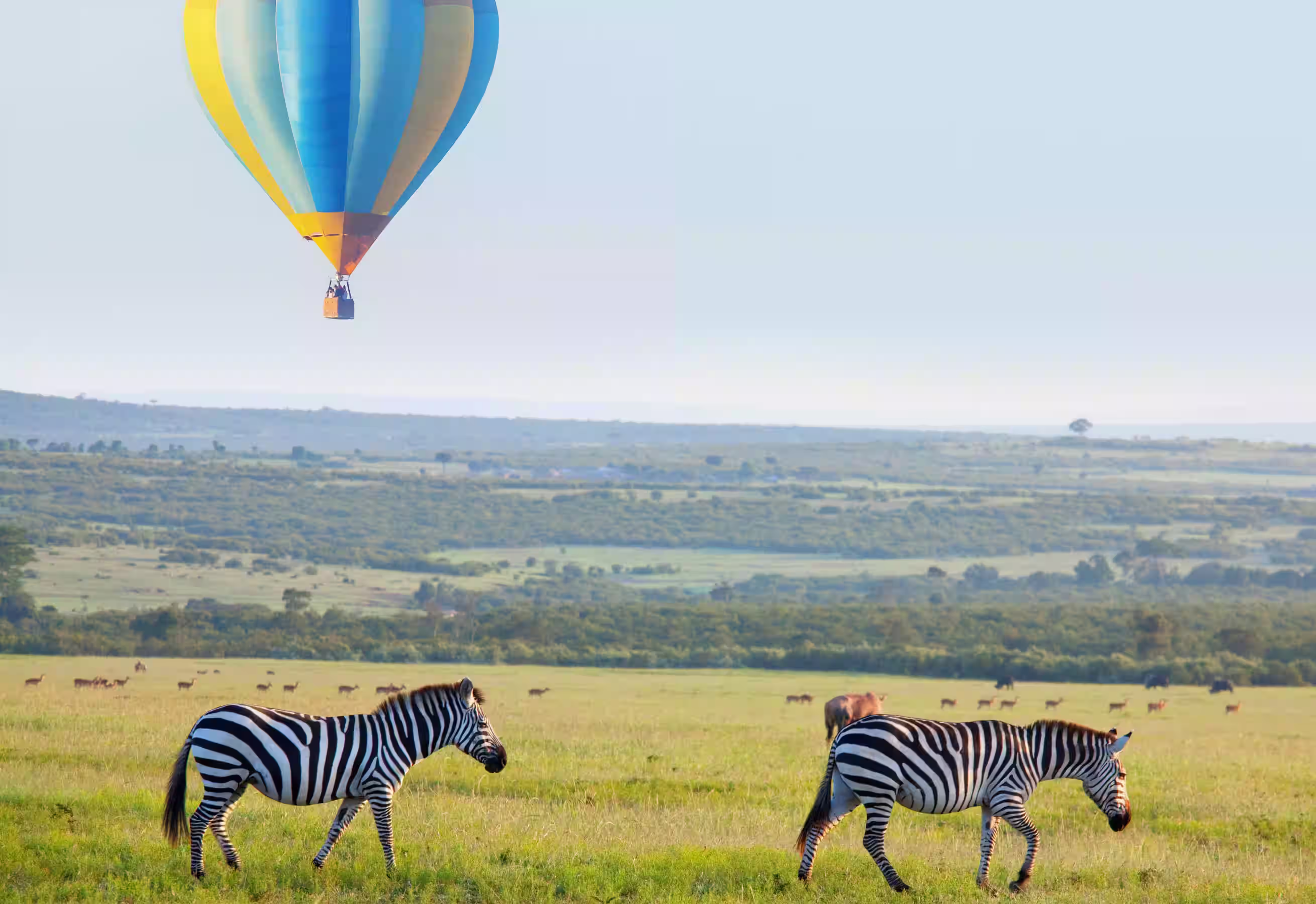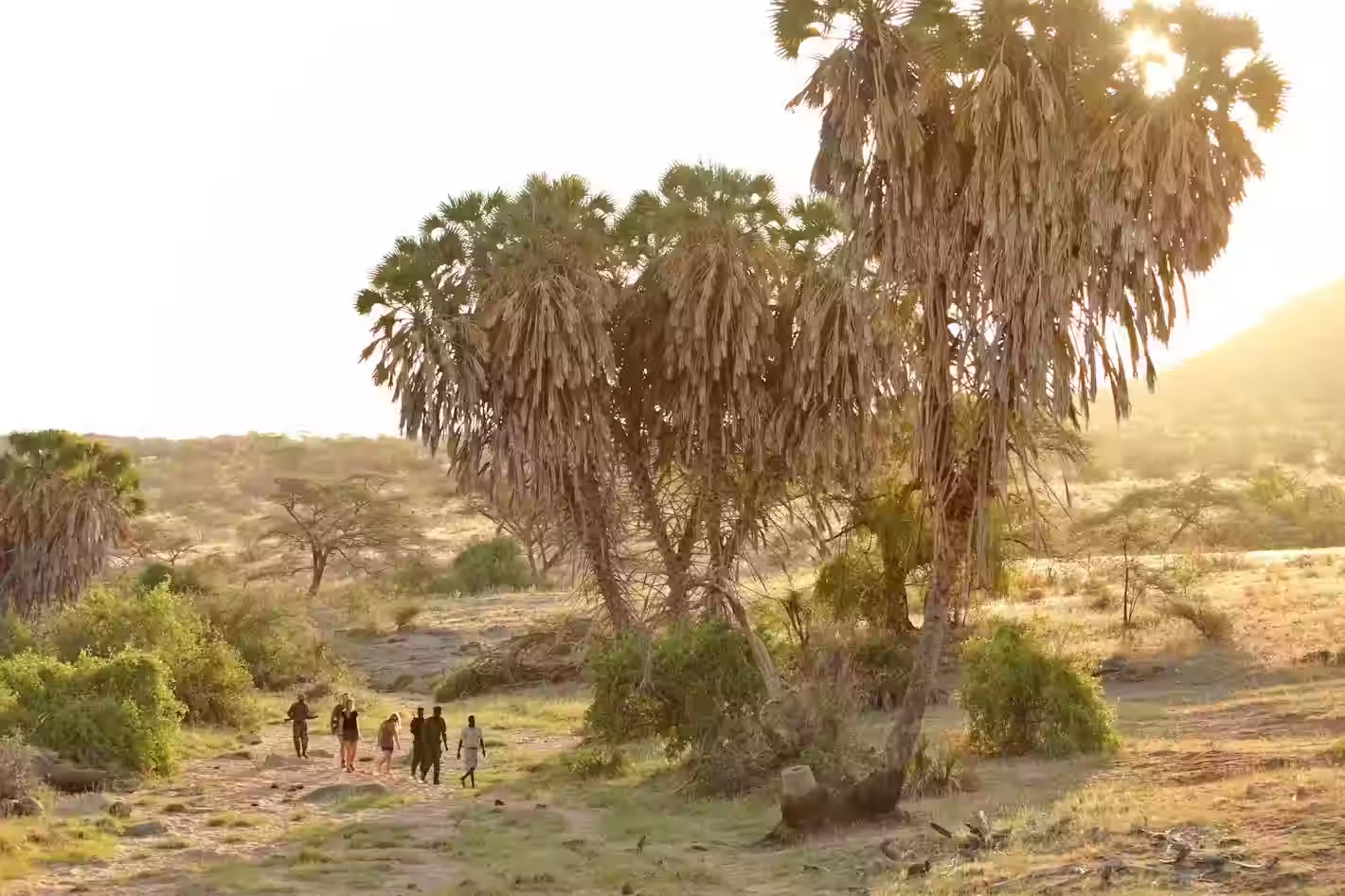Ultimate Guide to the Best Places to See the Big Five in Kenya
This article dives into the secrets of the best safari photography tips. A visit to Africa isn’t just a vacation but a chance to capture the wild in its purest form. From the drama of a cheetah’s sprint to the scene of hungry hyenas scrambling for food to an elephant’s majestic walk to a pride of lions relaxing under a tree, there’s more you can capture here.
So, what are the best safari photography tips? Read our article to ensure you capture National Geographic-worthy masterpieces.

What to Pack for Safari Photography?
A thrilling safari photography starts by packing the right equipment. Here’s a rundown of what you should pack:
- Camera – Let’s be clear: This is not the time when your phone camera will give you the best result. Whether it’s Google’s Pixel 9 Pro, iPhone 16 Pro Max, or Galaxy S24 Ultra, you need a real camera for this hobby. While there’s no need to buy a brand new camera, ensure you have the latest version of one of the best brands.
- Camera bag – For the safety of your camera and lenses, you need a camera bag. A small sling camera bag would be suitable to minimise space and weight during your safari.
- Lenses – Besides cameras, lenses are the best investment you can make for memorable safari photography. The most common lenses are the 100-500 mm, as they deliver on the ground. However, if you want to carry multiple lenses, ensure you also have multiple cameras because swapping lenses will cost you a chance to snap the best photo for your gallery.
- Lens cleaning equipment – There’s a lot of dust in the wild, so ensure you bring along a piece of cloth to clean the lenses.
- Batteries – You need lots of batteries and a battery charger to ensure you don’t run out of power when capturing moments. Most safari vehicles are nowadays equipped with plugs but ensure you start the day when all your batteries are fully charged.
- Storage – You’ll have plenty of opportunities to capture moments in the wild, so ensure you have enough storage. Carry along CF cards and SD cards with significant storage space, such as a SanDisk Extreme Pro 512 GB.
- Card Reader – Don’t leave behind a memory card reader, as it will help you transfer photos to your computer and phone fast.
- Tripod – While a tripod is not a must, it’s necessary for nighttime photos.

How to Take Great Photos on Safari
If you’re a beginner, then the best safari photography tips are essential in ensuring you take the best pictures. However, it’s good to note that this article will not turn you into a pro overnight and take pictures like the ones you see on the internet.
The media is full of beautiful wildlife pictures that have been taken by the best photographers in the world. These specialists took months trying to capture the beautiful images you see. So while you might not be able to match their standards, our best safari photography tips below will surely help you get started as a beginner.
- Think Composition – It is important to use the rule of thirds to place the animal in an off-center position before taking the shot. Don’t zoom in, as the presence of some of the landscapes in the picture will make it more appealing.
- Master the light – As you might already be aware, photography is hugely light-dependent. For the best results, take photos in the early mornings and late afternoons as they offer the most beautiful lighting.
- Focus on the eyes – The eyes are the soul of any image. So if you want compelling wildlife portraits, focus on the eyes. Always go for the eye closest to you.
- Be Patient – Patience pays when it comes to taking the best pictures. Instead of driving from one animal to another, focus on one animal, observing its behavior as you wait for the right moment to capture it.
- Don’t Ignore The Small Stuff – During an African safari, especially in a land like Kenya, it’s easy to focus on large mammals such as the Big Five and ignore the small animals and birds, which are also highly rewarding when it comes to photography. Let me fill you in on a secret: a photo of a colorful bird in the sky is likely to get more attention than that of a sleeping lion, which people are used to seeing on the internet.
- Don’t just take pictures, make memories as well – It’s not every day that you will be in the African bush, so don’t let photography dominate every sighting. If you’re not a professional photographer, sometimes put the camera down and live the moment.
















